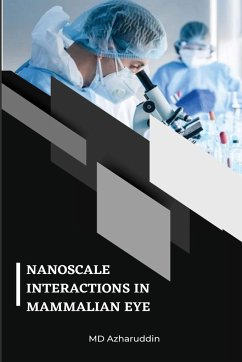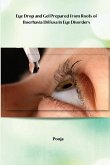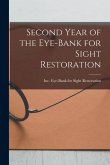Gold nanoparticles can show anti-glycation activity thereby preventing the aggregation of proteins. As glycation is one of the leading causes of cataract formation, the finding is important in therapeutic management of ocular pathology that follows cataract formation (e.g. cortical changes often resulting in nuclear sclerosis). In this chapter, I conducted in vivo experiments using guinea pig models. While the anti-glycation property of GNPs is known in vitro, the present work showed corneal penetration of GNPs. The therapeutic promise of using GNP as an anti-cataract agent thus seems imminent. GNPs traversed and got deposited into different layers of the cornea as examined by Transmission Electron Microscopy (TEM). Therapeutic drug delivery into the ocular surface remains one of the challenging aspects for researchers worldwide [1]. The defensive barriers of the eye considerably hamper the absorption as well the retention time for many ocular drugs. The different methods of ocular administration topical, subconjunctival and intravitreal are almost exclusively applied for drugs delivery for treating local ophthalmic diseases.




![Treatise on the Eye and Ear [microform]: Rules for the Preservation and Restoration of Sight; Deafness, Its Causes and Progress Explained; New Discove Treatise on the Eye and Ear [microform]: Rules for the Preservation and Restoration of Sight; Deafness, Its Causes and Progress Explained; New Discove](https://bilder.buecher.de/produkte/66/66133/66133072m.jpg)
![The Student's Guide to Diseases of the Eye [electronic Resource] The Student's Guide to Diseases of the Eye [electronic Resource]](https://bilder.buecher.de/produkte/65/65574/65574474m.jpg)
![Adhesion of a Persistent Pupillary Membrane to the Cornea in the Eye of a Cat [electronic Resource] Adhesion of a Persistent Pupillary Membrane to the Cornea in the Eye of a Cat [electronic Resource]](https://bilder.buecher.de/produkte/65/65632/65632898m.jpg)
![An Outline of the Embryology of the Eye [electronic Resource]: With Illustrations From Original Pen-drawings by the Author An Outline of the Embryology of the Eye [electronic Resource]: With Illustrations From Original Pen-drawings by the Author](https://bilder.buecher.de/produkte/66/66127/66127639m.jpg)